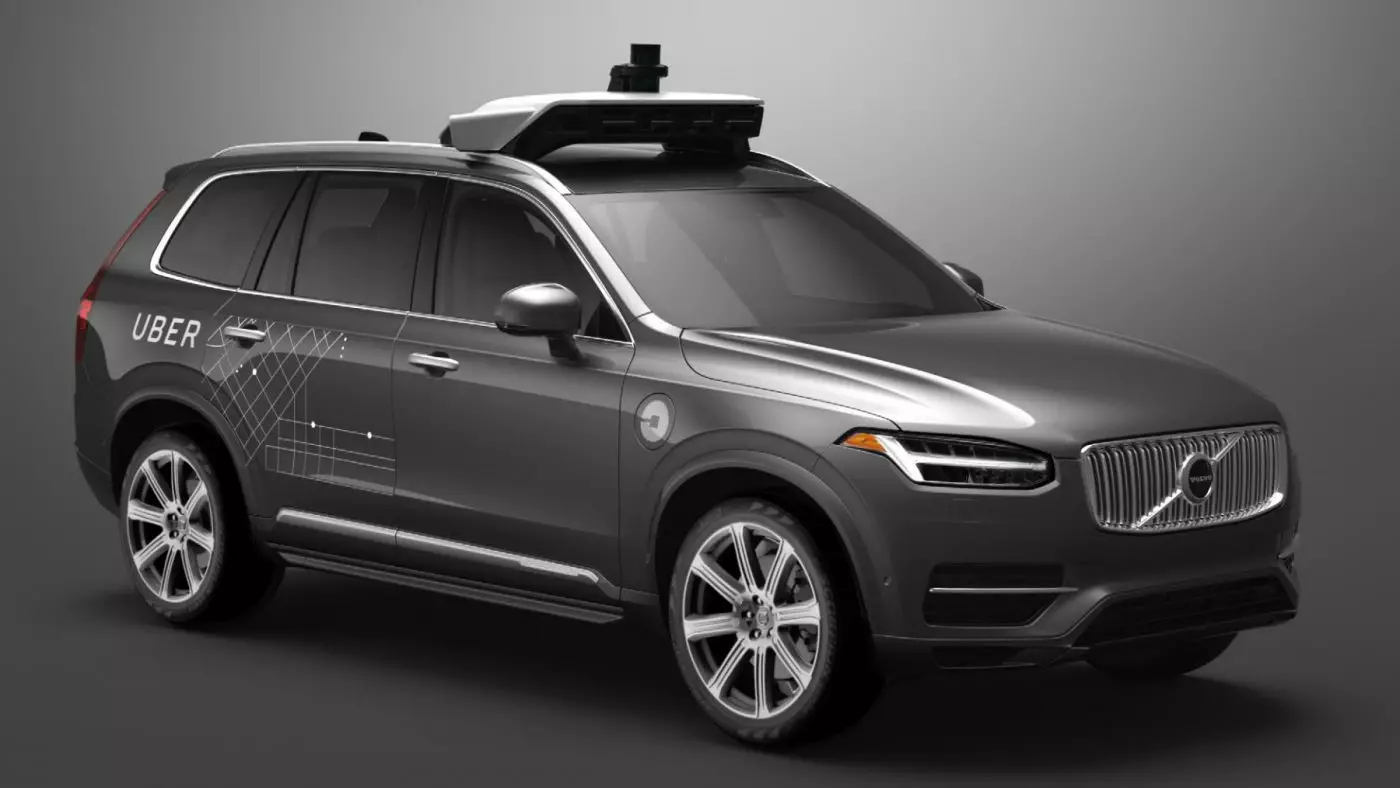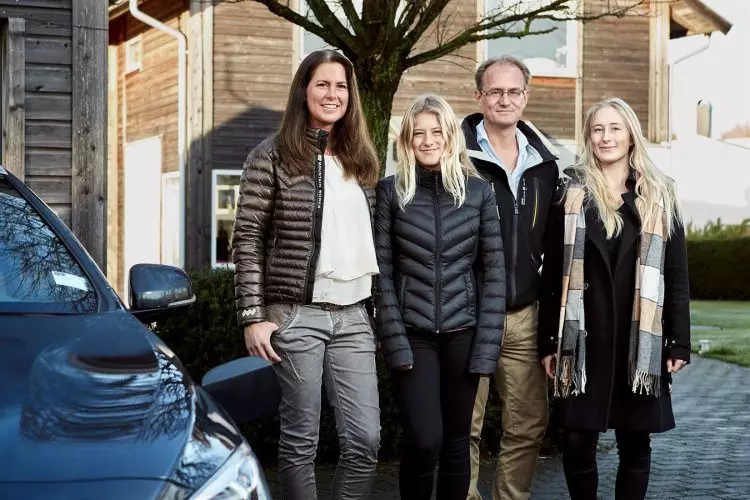The Swedish brand, which since its inception has distinguished itself for its safety, aims not only to reduce traffic, pollution in cities and maximize time on board, but also to ensure that no one loses their life or is seriously injured in a new Volvo from 2020 onwards. (Vision 2020).
In this sense, Volvo's current strategy for the development of autonomous driving is based on three pillars:
Hardware

Volvo and Uber recently signed an agreement to jointly develop cars capable of incorporating the latest developments in autonomous driving. This joint project, valued at around $300 million, will be closely monitored by engineers from both companies and will be based on a Volvo model.
software

In addition, Volvo signed an expression of interest with Autoliv, the world leader in car safety systems, with a view to establishing a new joint venture – Zenuity – for the development of software for autonomous driving.
The company, whose operations are scheduled to start this year, will have its headquarters in Gothenburg, Sweden, and initially will have around 200 employees, and it is estimated that in the medium term these may reach 600.
People

Finally, the Drive Me project, which we had already highlighted before, is a development program for testing vehicles equipped with autonomous driving technology. This program will use real customers under real traffic conditions. The goal is to have around a hundred customers in Volvo vehicles equipped with this technology within a radius of 50 kilometers on public roads in Gothenburg.
The Drive Me Project is a joint initiative by Volvo with the Swedish Transport Administration, Swedish Transport Agency, Lindholmen Science Park and the city of Gothenburg.
